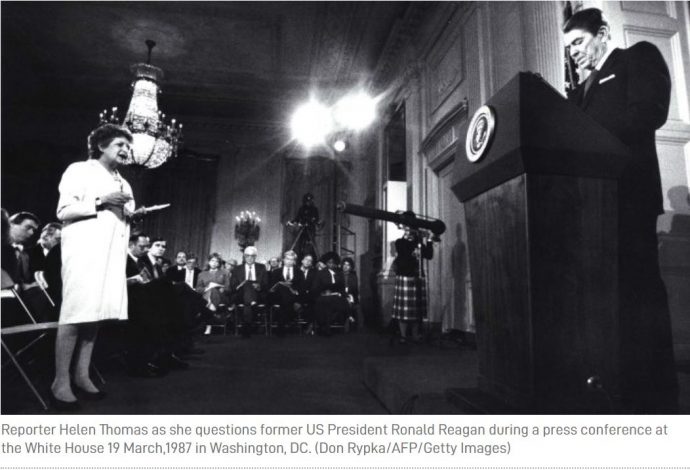Mark Hendrickson illustrates the degrees of fake news:
Fake news has been around for a long time. Mark Twain once quipped, “Those who do not read newspapers are uninformed; those who do read newspapers are misinformed.”
Indeed, the problems of accuracy and veracity aren’t confined to newspapers but infect every media today. Remember the old saying that the victors get to write history? How true. History books rarely present balanced, impartial accounts of the past, but inevitably are tinted by the beliefs, prejudices, perspectives, and agendas of whoever tells the story.
Even if writers aren’t in thrall to a particular ideological orientation, there’s the “Rashomon effect,” named after a famous Japanese movie. “Rashomon” showed how different characters witness the same event and come away with vastly different perceptions and accounts of what happened. The moral: Human testimony is highly subjective and often unreliable.
My own dealings with journalists have convinced me that most reports contain inaccuracies and distortions. The crucial factor is discerning when those distortions are innocuous and unintentional, and when they’re deliberate and malicious. Following are three personal experiences:
A national reporter came to my home to interview me about a nationally prominent individual who went to school with me. When I heard his finished report on the radio, it contained three factual errors that contradicted what I had told him. In this case, the motive wasn’t malicious; the reporter simply wanted to embellish his story. There were no misrepresentations of the public figure. Still, I felt uncomfortable, because anyone who went to school with me and the other fellow might have thought that I was the one doing the embellishing when I wasn’t.
A second incident happened during the financial crisis of 2008. A regional television reporter drove to my home to interview me. In that election year, I went to great lengths to explain that both parties shared the blame. Imagine my shock, then, when I watched the reporter’s story on TV.
Read more: Epoch Times
Image credit: www.epochtimes.com.

